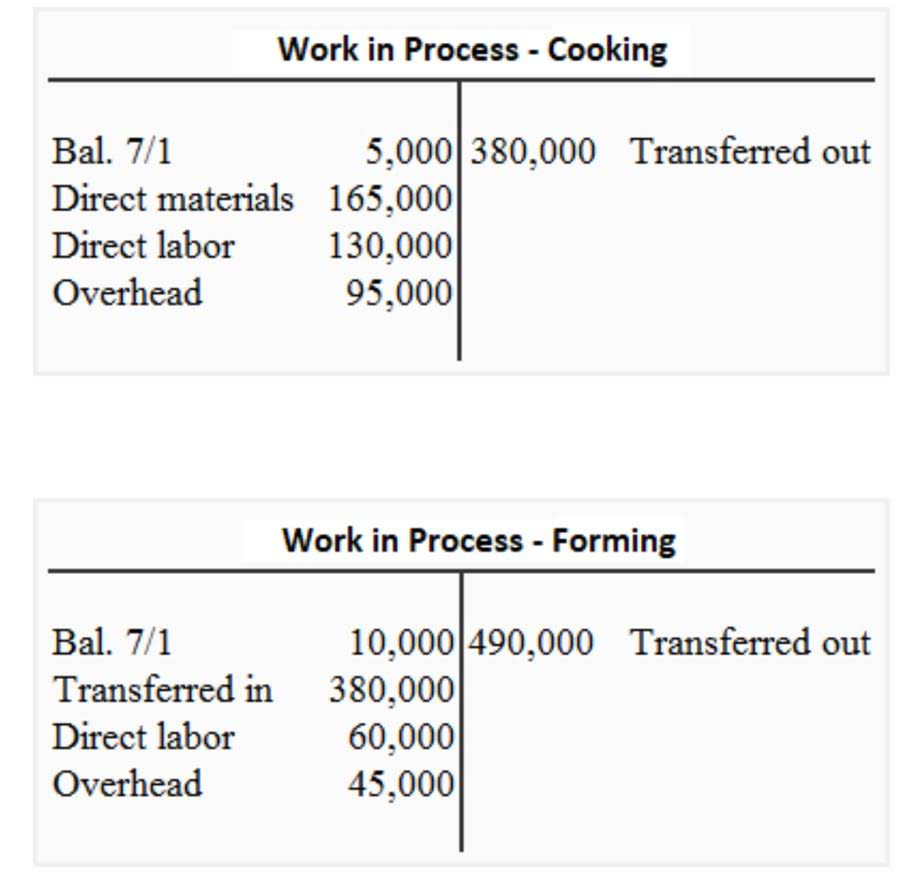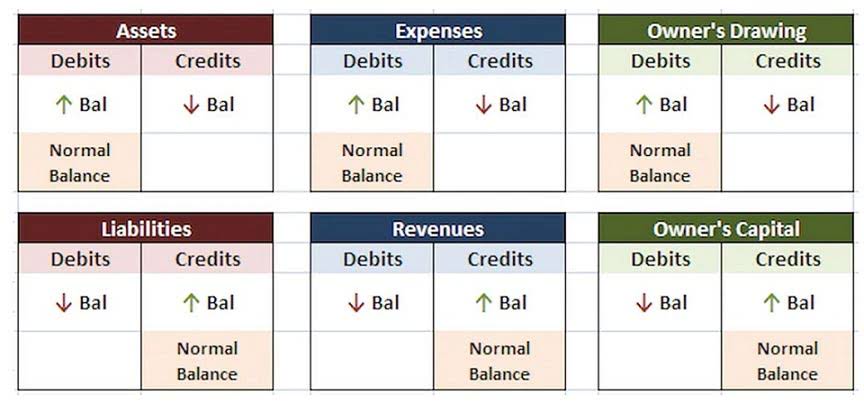
Investors care about gross margin because it demonstrates a company’s ability to sell their products at a profit. A positive gross margin proves that a company’s sales exceed their production costs. The right expense tracker helps you catch excess expenses so you can stay on top of your operating costs.
Gross Profit Margin vs. Net Profit Margin vs. Operating Profit Margin
The most significant profit margin is likely the net profit margin, simply because it uses net income. The company’s bottom line is important for investors, creditors, and business decision makers alike. This is the figure that is most likely to be reported in a company’s financial statements.

Do you already work with a financial advisor?

The problem is that certain production expenses are not entirely changeable. A more significant gross profit margin suggests that a business may earn a decent profit on sales if overhead expenditures are controlled. Conversely, if a company’s gross margin shrinks, it may try to cut labor expenses or find cheaper material suppliers. A high gross profit margin indicates that a business is doing well; on the other hand, a low margin suggests that there is room for progress.
- Interpreting a company’s gross margin as either “good” or “bad” depends substantially on the industry in which the company operates.
- The healthy gross and operating profit margins in the above example enabled Starbucks to maintain decent profits while still meeting all of its other financial obligations.
- By understanding their gross margin, businesses can make informed decisions about pricing strategies, production costs, and overall profitability.
- The percentage of gross profit achieved by a company in relation to its total sales.
- Markup expresses profit as a percentage of the cost of the product to the retailer.
- Profitability ratios are useful because you can compare performance to prior periods, competitors, or industry averages.
It can serve as an industry benchmark
Every successful business keeps its costs below revenue to generate profits. Service-based industries tend to have higher gross margins and gross profit margins because they don’t have large amounts of COGS. The gross margin for manufacturing companies will be lower because they have gross margin accounting larger COGS. A higher gross margin means a company has more money left over after selling its goods or services to pay for operating costs and expenses, marketing, and research and development expenses. This can result in higher profits and better financial health for the business.
For instance, a company with a seemingly healthy net income on the bottom line could actually be dying. The gross profit percentage could be negative, and the net income could be coming from other one-time operations. The company could be losing money on every product they produce, but staying a float because of a one-time insurance payout. Gross margin — also called gross profit margin or gross margin ratio — is a company’s sales minus its cost of goods sold (COGS), expressed as a percentage of sales. Put another way, gross margin is the percentage of a company’s revenue that it keeps after subtracting direct expenses such as labor and materials.


The margin remaining after subtracting the cost of goods sold is used to pay for all other expenses, and if the company is profitable, the money left over is known as “net profit.” Since the cost of producing goods is an inevitable expense, some investors view gross margin as a measure of a company’s overall ability to generate profit. Net margin, on the other hand, provides a snapshot of the profitability of the entire company, including not only the cost of goods sold in the equation, but all operating expenses as well. Irrespective of the differences in operating expenses (OpEx), interest expenses, and tax rates among these companies, none of these differences are captured in gross margin.

Why is Gross Margin calculated?
FreshBooks expense tracking software makes it easy to upload and categorize expenses so you can track how much your business is spending on different elements. Try FreshBooks free to get started tracking your expenses, reducing costs, and growing your gross profit margin today. It’s helpful for measuring how changes in the cost of goods can impact a company’s profits. Changes in gross profit margin are used to analyze trends in profitability and the cost of inputs.
- When assessing a good gross margin, avoid comparing across industries and instead compare companies of similar size in the same industry.
- Companies can measure the efficiency of their operations by calculating their gross profit margin ratio, also known as a gross margin ratio.
- Profit margins are used to determine how well a company’s management is generating profits.
- This profitability ratio evaluates the strength of a company’s sales performance in relation to production costs.
- This might entail renegotiating supplier contracts, adopting more efficient production techniques, or leveraging technology to reduce waste.



Leave a comment